Tony Hawk continues to thrill and to lift skateboarding to new heights

Even as he inches towards his 50th birthday, professional skateboarding legend Tony Hawk continues to push the limits of his sport.
The 47-year-old Hawk, who won more than 70 competitions over his 17-year pro career, is already the author of one of the biggest moments in skateboarding history. He was the first skater ever to land the 900, or 2 ½ rotations of the skateboard in mid-air, in competition. That was at the 1999 X Games. Nearly 20 years later, Hawk is still working on mastering new and adapted tricks that could again take skateboarding to a new level.
Hawk, who still competes in select events, continues to spend as much time as possible on his board. The tricks he is working on are not like the 900. They are not tricks that will break any height, spin or distance records. The moves Hawk is mastering are all about controlling the skateboard under one’s feet. The tricks are orientated around the lip of the vert ramp. They are for the most part grinds and slides along the top of the ramp that don’t involve grabbing the board.
Vans celebrates 50 years of history, influence in skateboarding culture
. “Some of them are tricks that you’re only going to land once out of every 20 to 50 attempts. Those are the tricks I’m trying to document. They are my new challenge.”
On his Instagram account, Hawk has posted a video showing three successfully executed tricks of the super-technical variety. The first is a Heel Flip, a trick in which Hawk uses his back leg to manipulate the board and the front hand to grab the board, which Hawk calls unusual in the skating world. The second is called a Sex Change Blunt, a trick where Hawk switches his body around in mid-air but leaves his board in place on the lip of the vert ramp. The third is a variation of an existing trick, the Bluntslide. Hawk’s alteration to the Bluntslide was executing the trick over a gap in the vert ramp.
“It’s not like it’s the biggest gap ever, but no one has ever done such a technical trick over a gap that far before,” Hawk says. “If you throw tricks like those into a routine that has some other elements that judges are looking for, like height and sitting moves, they could put themselves over the top. To be honest, some of them are so finicky in terms of if they will work or not, they’d be tough to insert into a competition. But the Bluntslide can definitely be taken to new levels and distances pretty consistently.”
Hawk says that his desire to continue to push the level of skateboarding, even in retirement from major competition, is drawn from how he views himself as a skateboarder. He is the most recognizable name in skateboarding for being the first to land the 900, for his video game franchise and for his part in raising the profile of skateboarding from that of a small subculture to the global profile the sport enjoys today.
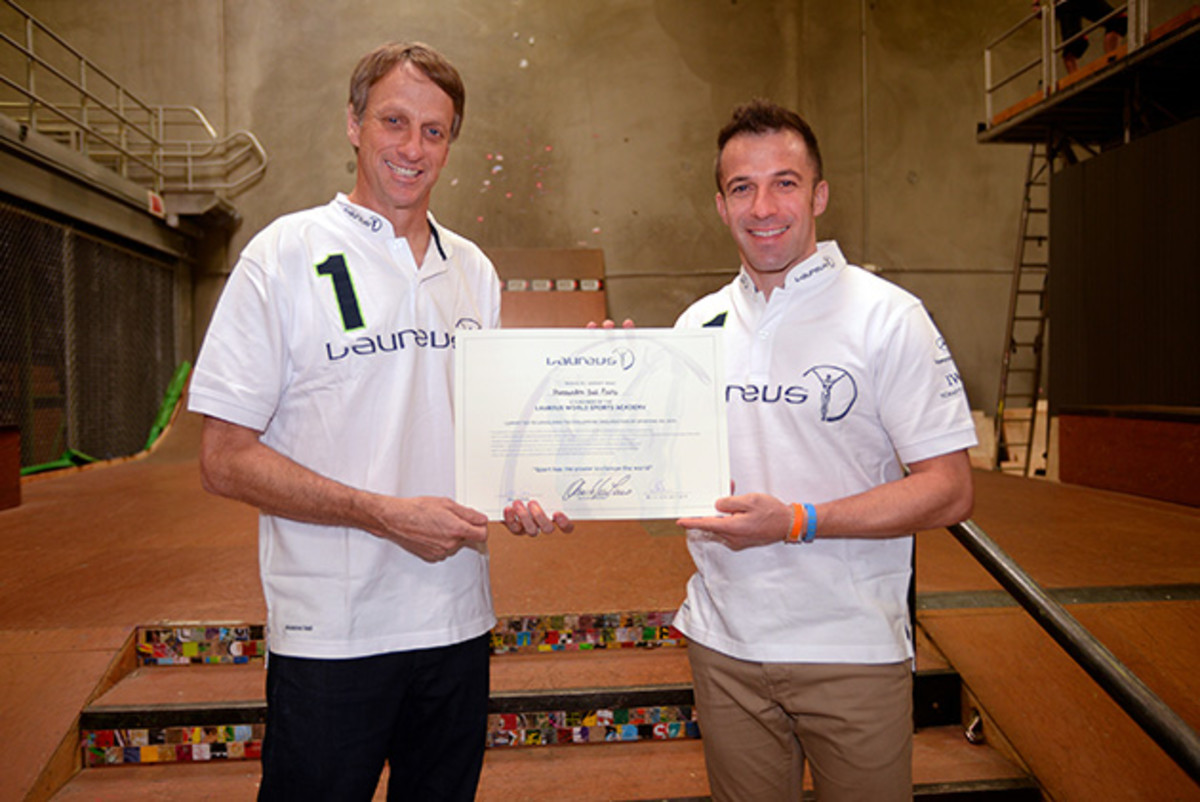
“Above all, throughout my career I’ve always just wanted to be known as a progressive skateboarder,” Hawk says. “I’m happy that people associate me with so many other elements of my career, but I just want to be known as a great skater who left the skating world in a better place than I found it.”
These tricks are Hawk’s final progressive contributions to the sport that he fell in love with over 40 years ago, but he continues to mentor the next generation of skateboarders. Hawk mentioned the brightest members of his skate team by name as riders to look out for in the future.
“Evan Doherty landed a 900 when he was just 11 years old. He’s a kid with a lot of potential,” Hawk says. “I think Lizzie Armanto is more established already, but I think she is the most exciting female skater on the circuit today. She’s the first female skater on our team and I’m very excited to be supporting her and female skating in general.”
From the Vault: Rare SI photos of skateboarder Tony Hawk
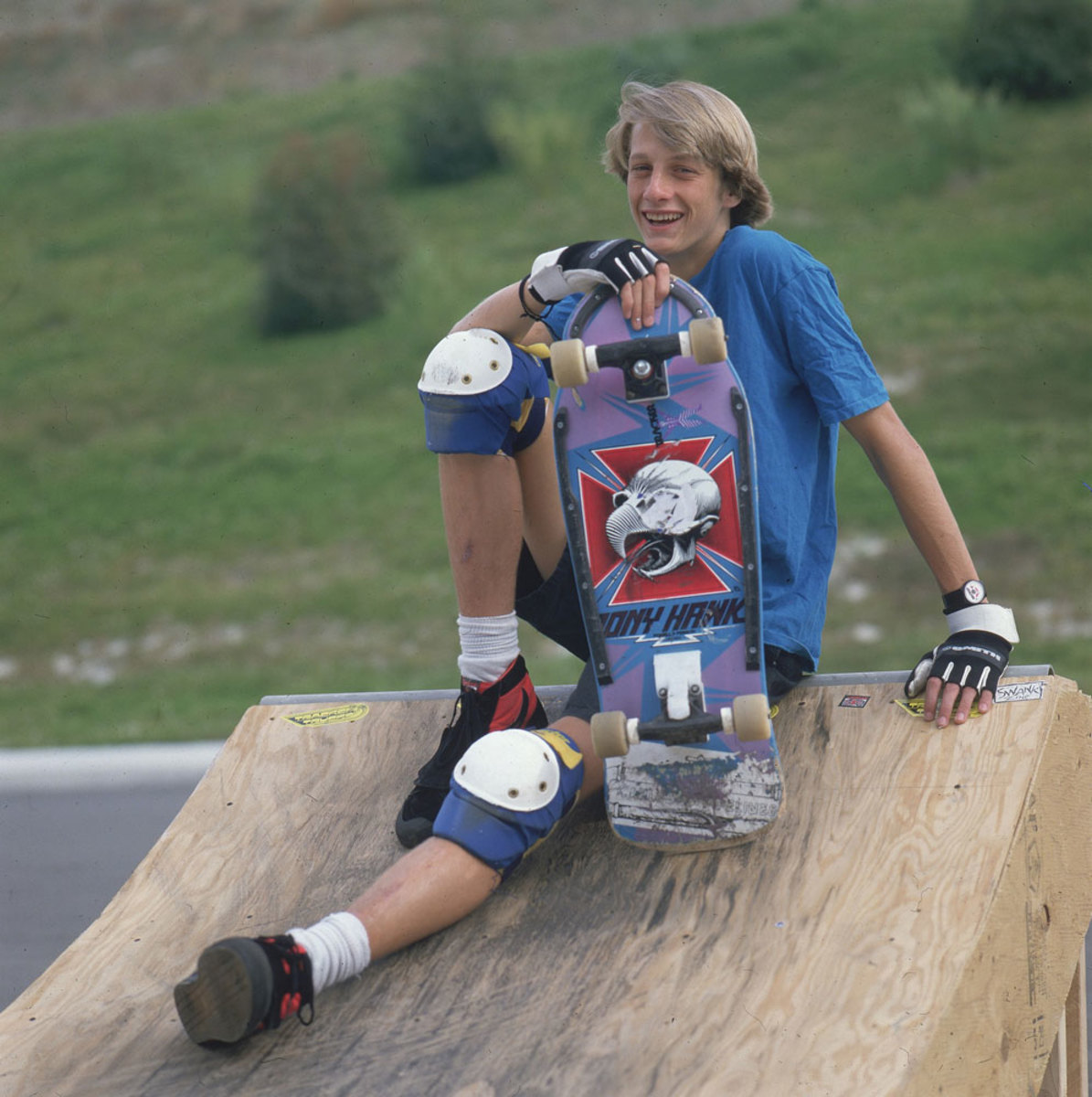
From the early years, Tony Hawk practicing in 1986 with his 'Tony Hawk' branded skateboard.
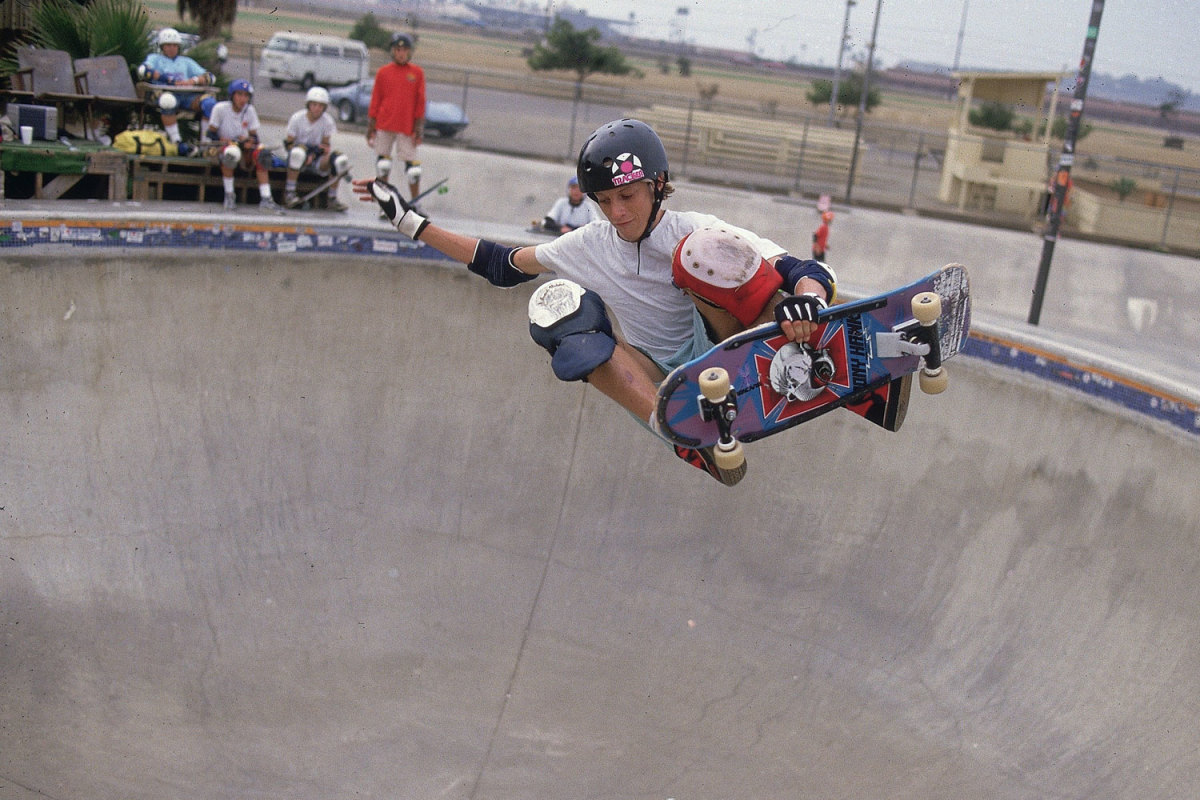
Tony Hawk flying in and out of the bowl at a skateboarding competition back in 1986.
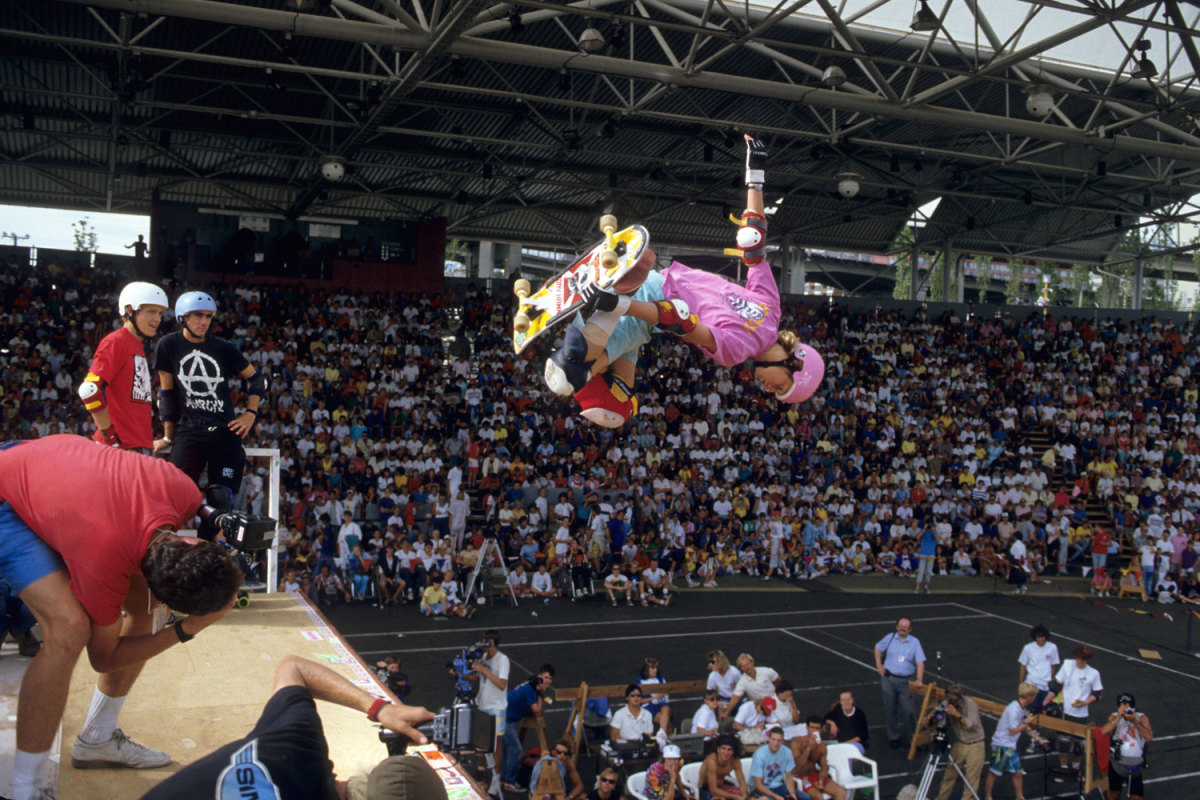
Just as his stardom began to grow, onlookers stood in awe of Hawk at the Skateboarding World Championships in 1986.
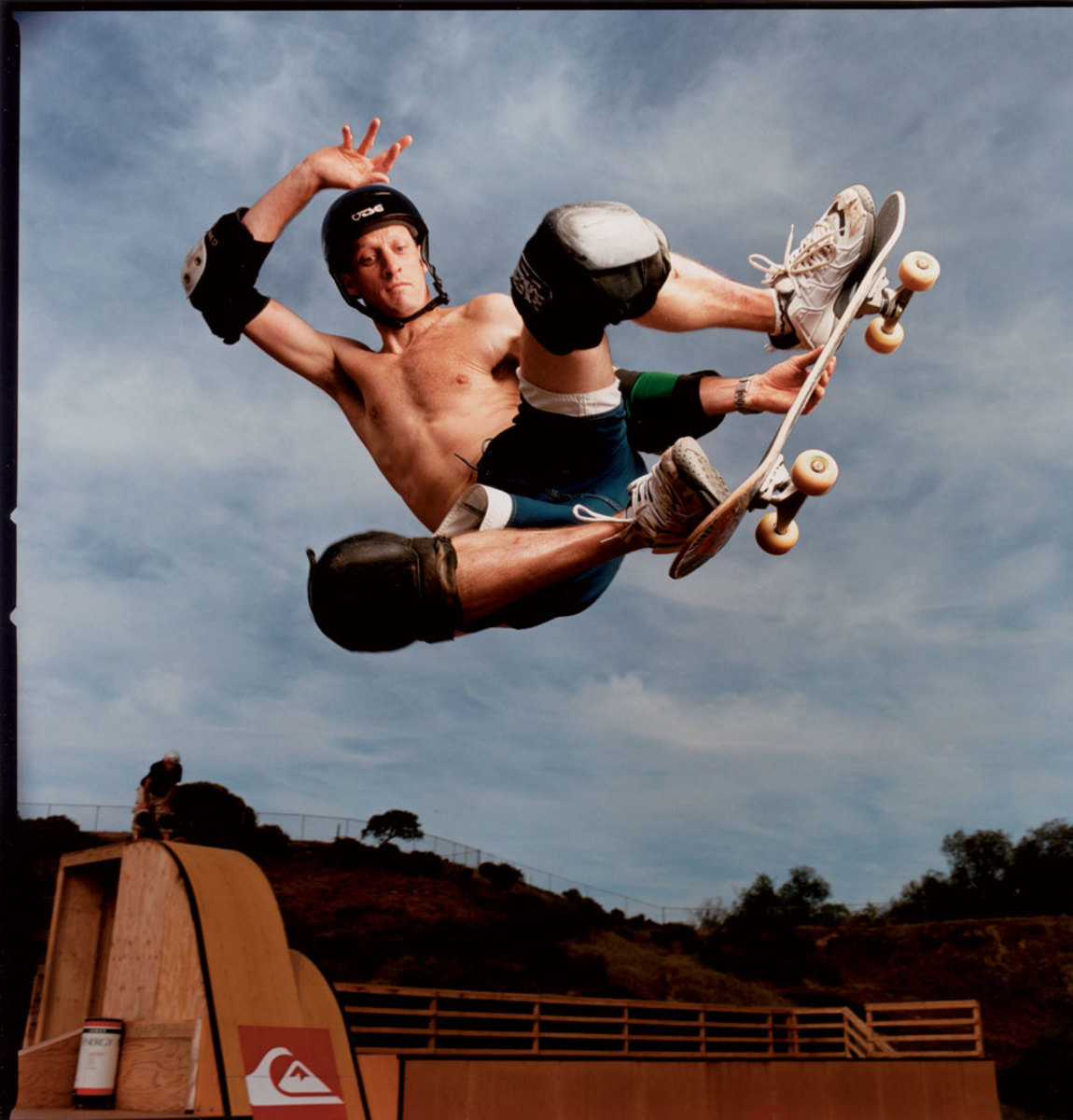
In an iconic Sports Illustrated portrait, Tony Hawk hangs in the air while performing one of his signature tricks.
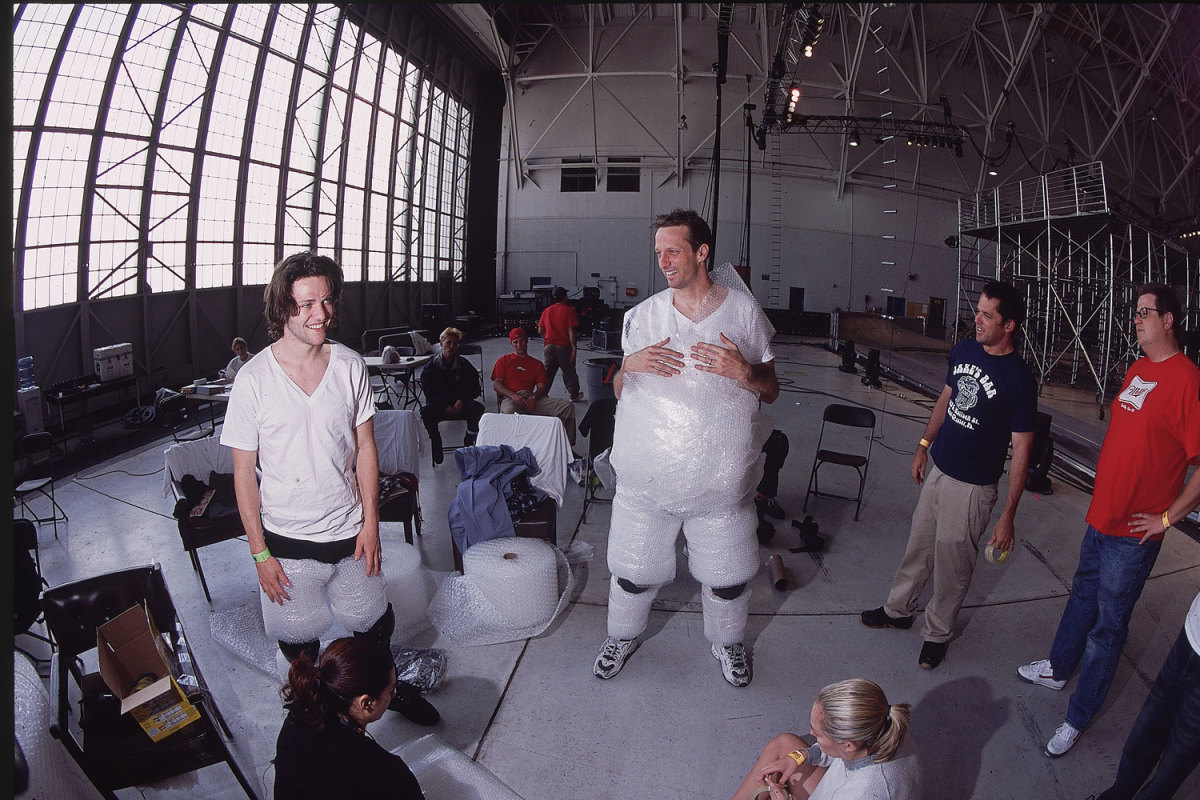
Tony Hawk and Bam Margera get dressed up in bubble wrap for the MTV movie Jackass.
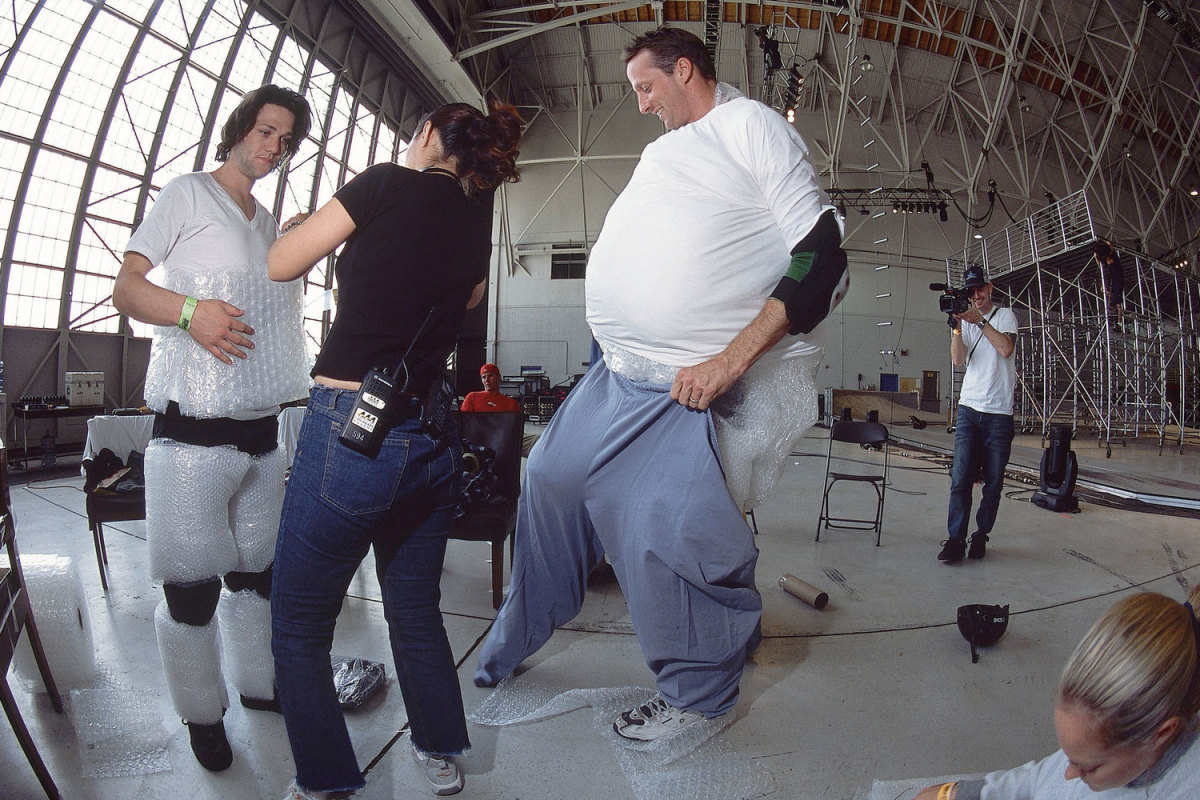
Tony Hawk and Bam Margera get dressed up in bubble wrap for the MTV movie Jackass.
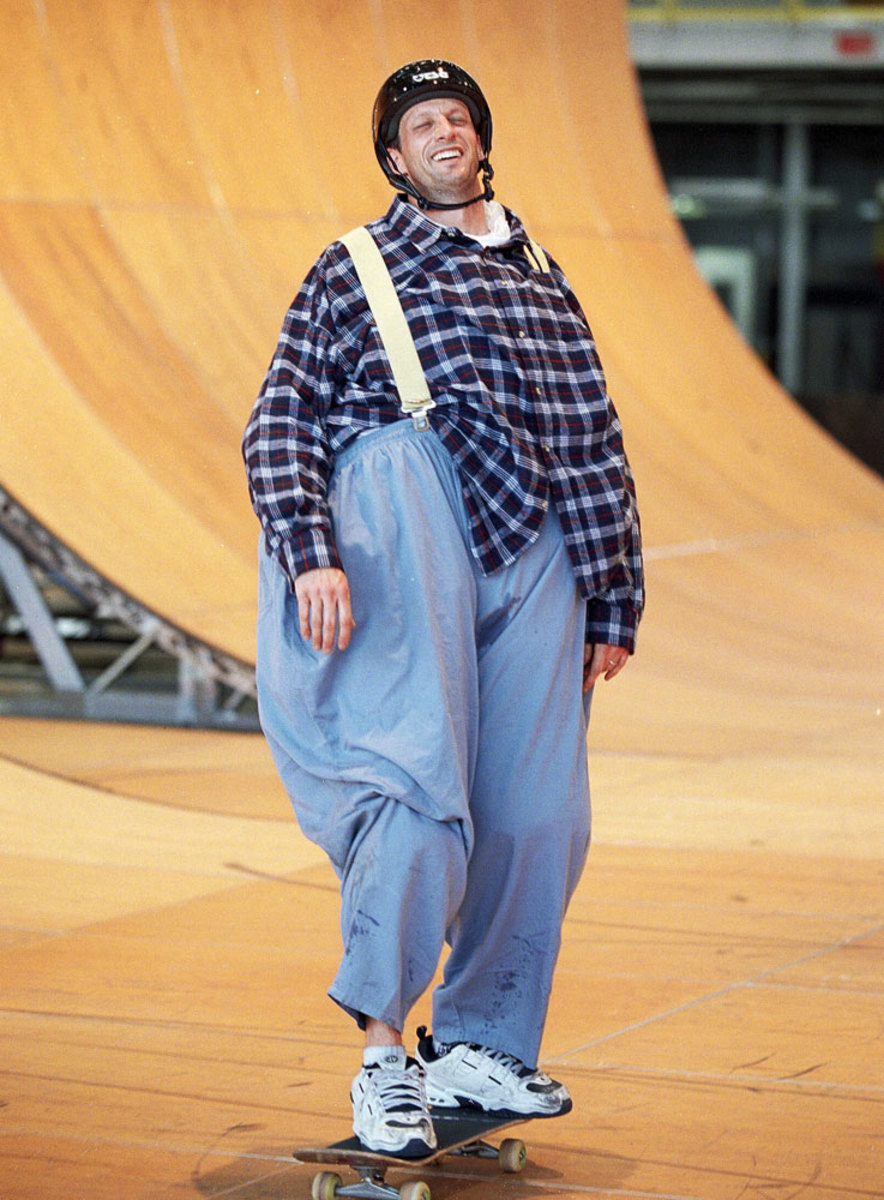
Dressed up with lots of bubble wrap, Hawk takes the hardwood for MTV's Jackass in 2002.
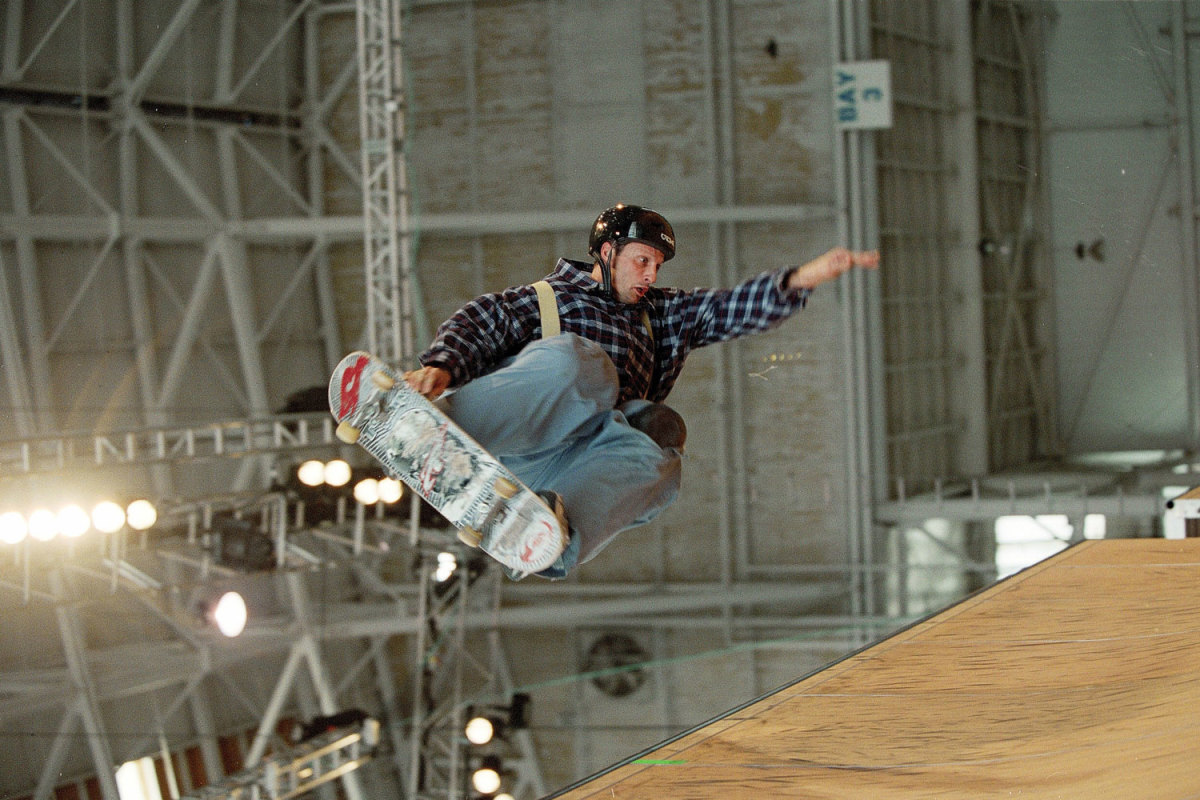
Dressed up with lots of bubble wrap, Hawk takes the hardwood for MTV's Jackass in 2002.
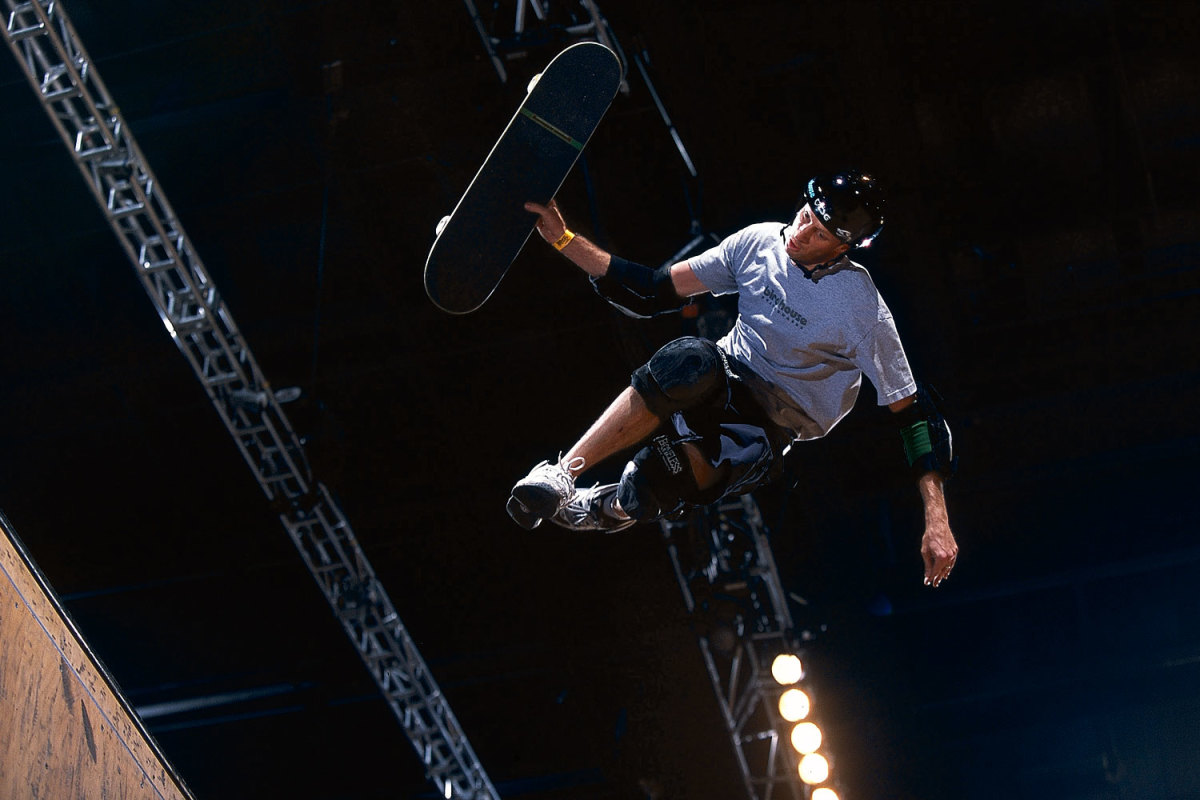
Tony Hawk rotating in the air during the Boom Boom Huckjam competition in Las Vegas.
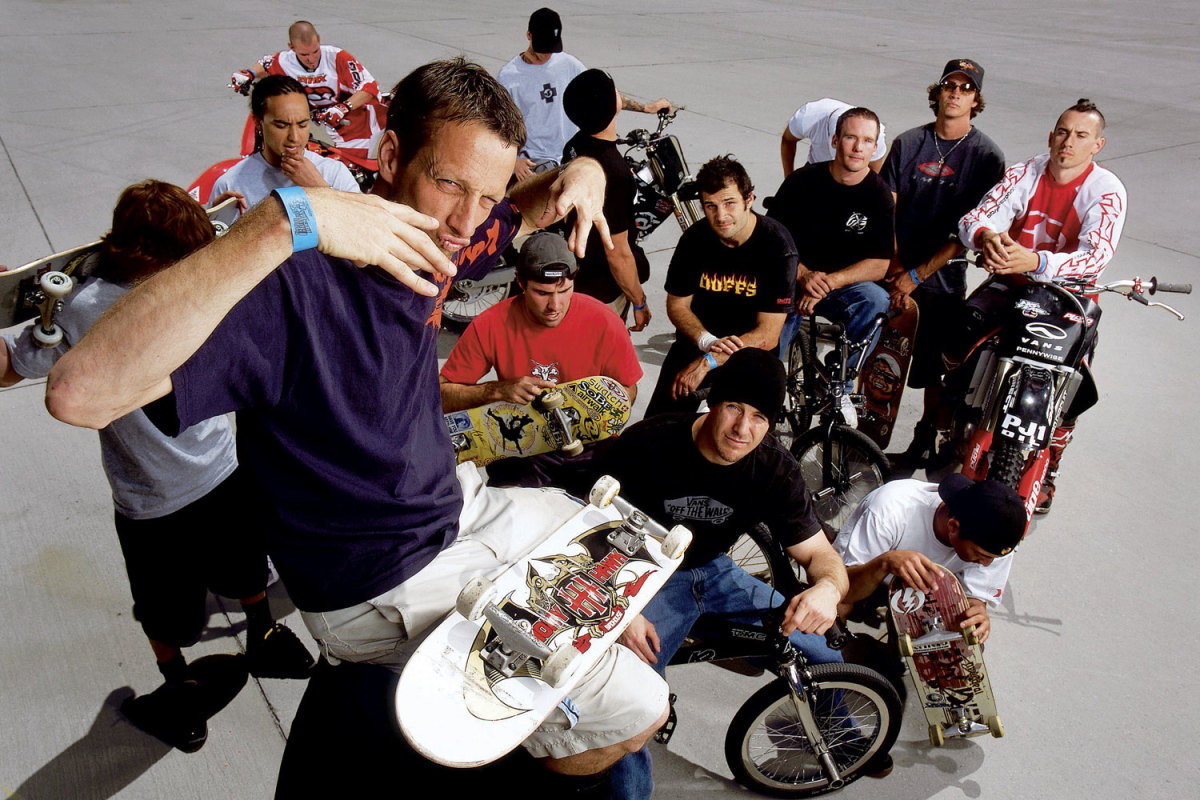
Tony Hawk takes a photo with fellow skateboarders and freestyle bikers in San Bernadino, CA.
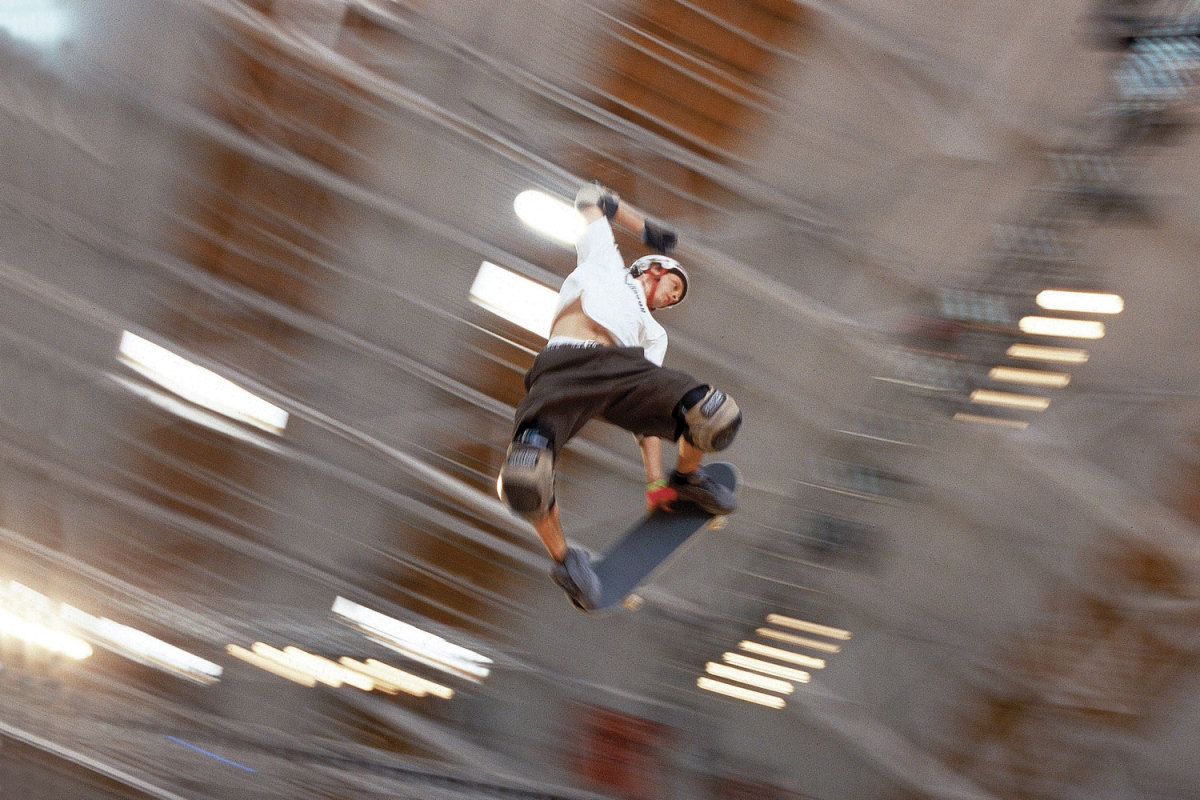
During a skateboarding competition in San Bernadino, CA, Hawk flies through the air as he clutches his skateboard.
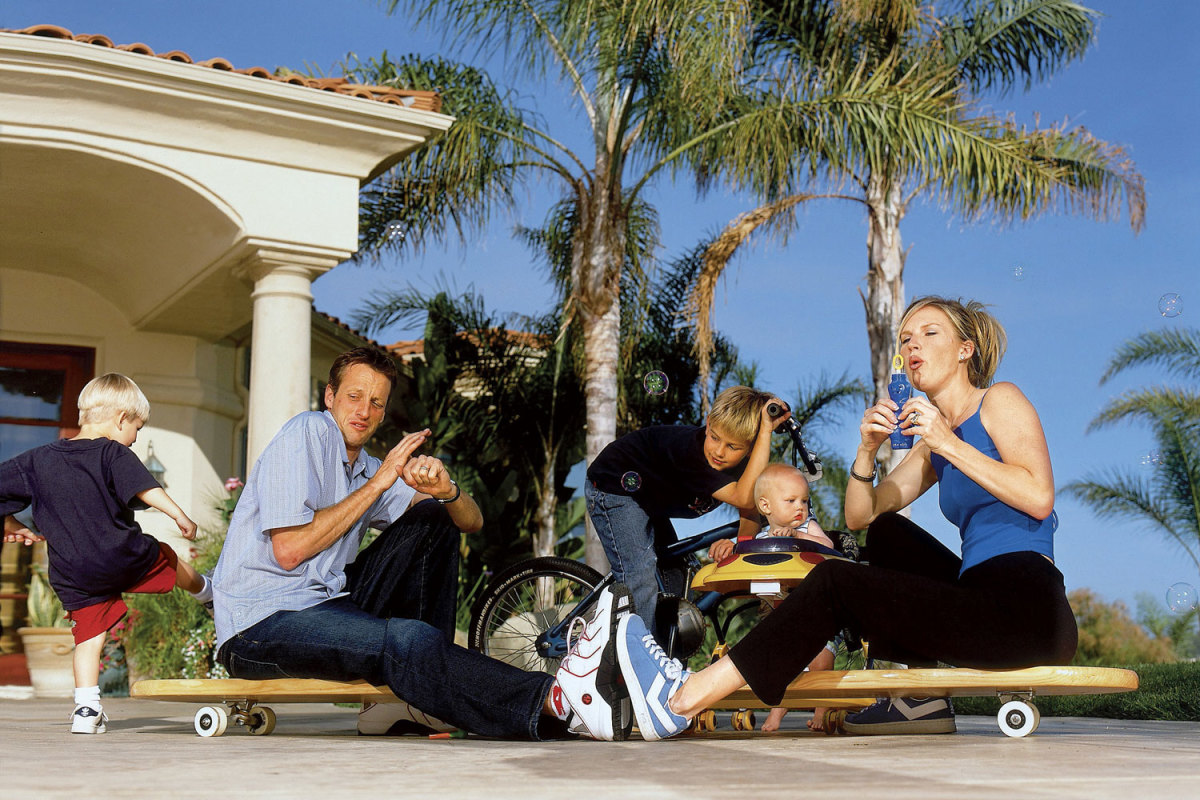
Tony Hawk poses for Sports Illustrated back in 2002 with his family at their home in Carlsbad, CA.
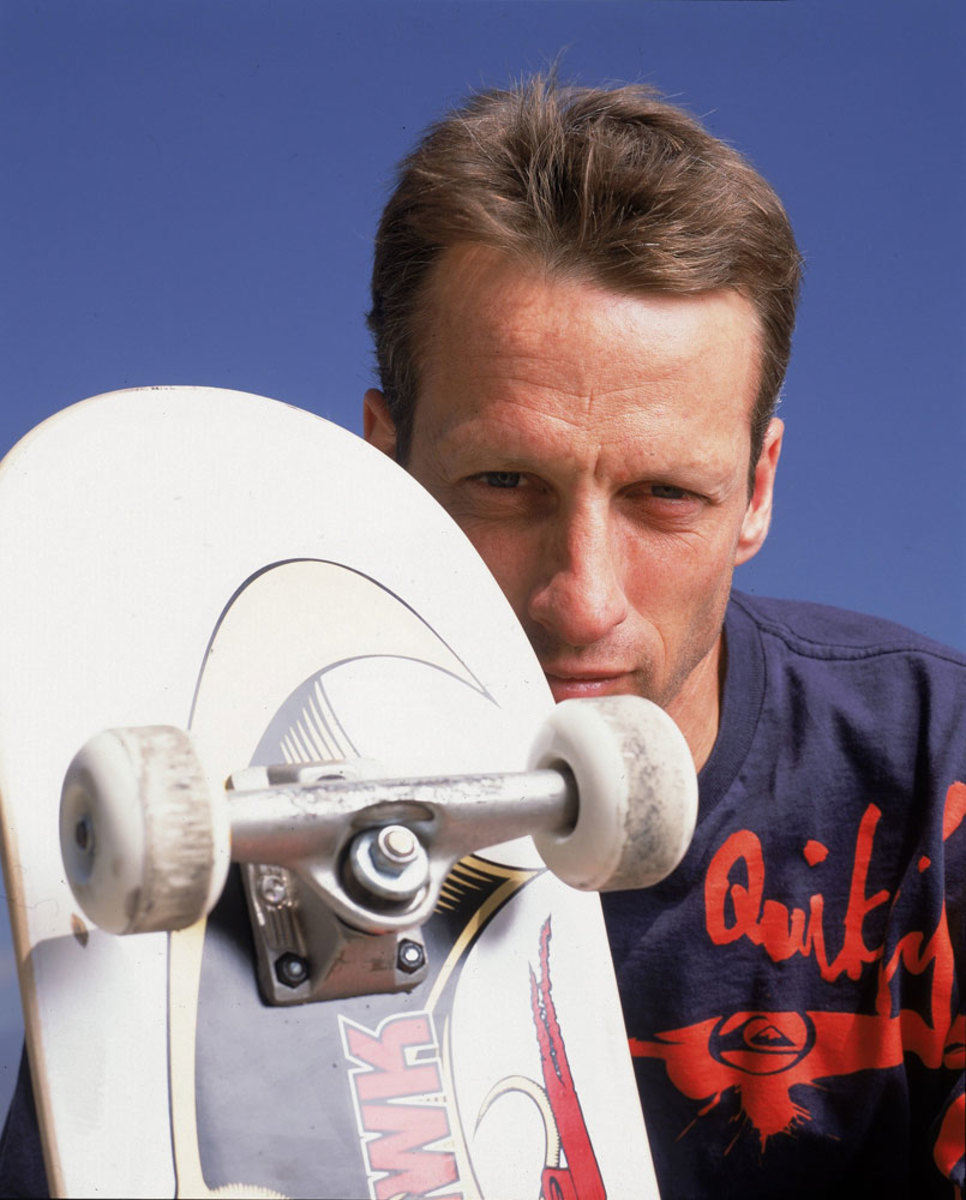
In a series of portraits done for Sports Illustrated, Hawk poses with his skateboard in 2002.
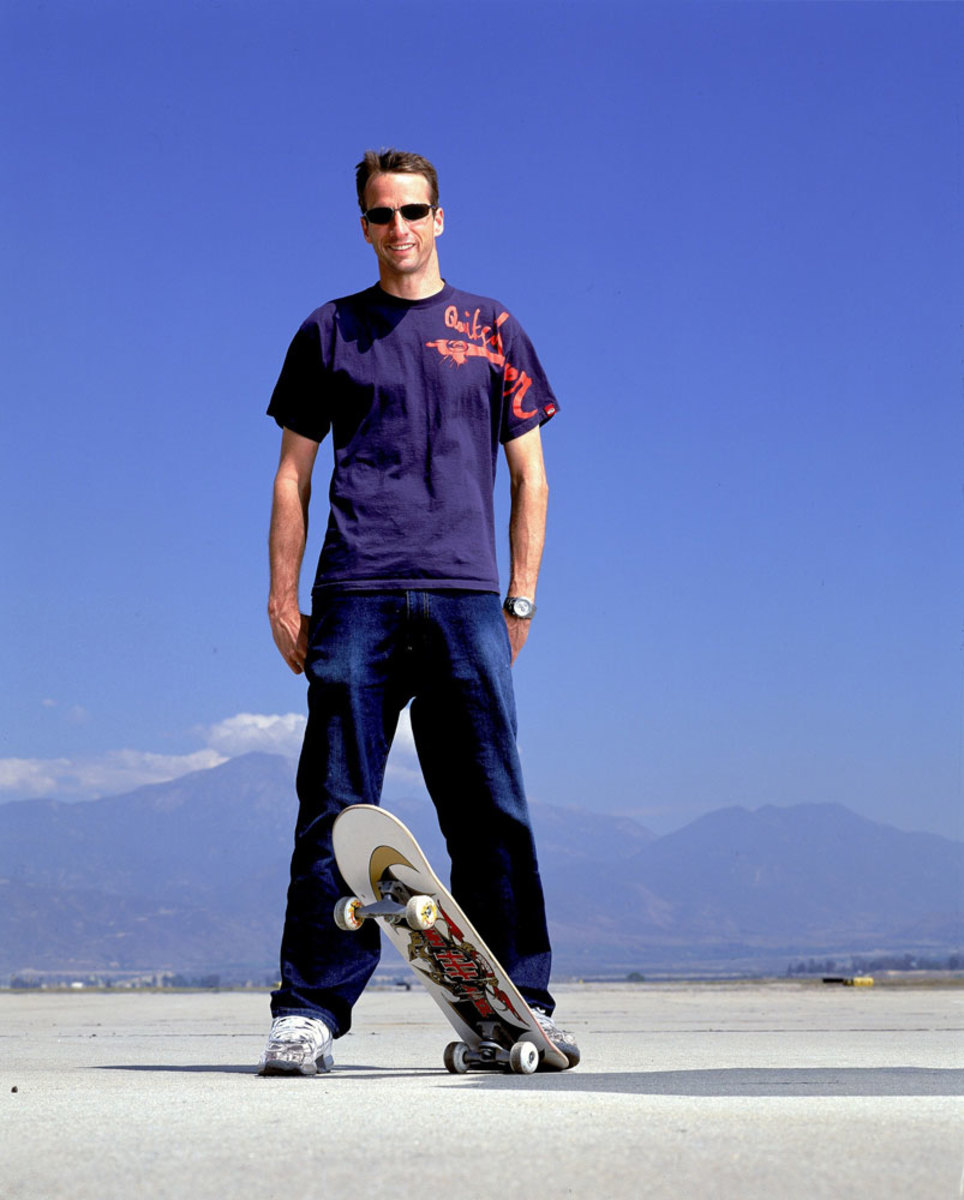
In a series of portraits done for Sports Illustrated, Hawk poses with his skateboard in 2002.
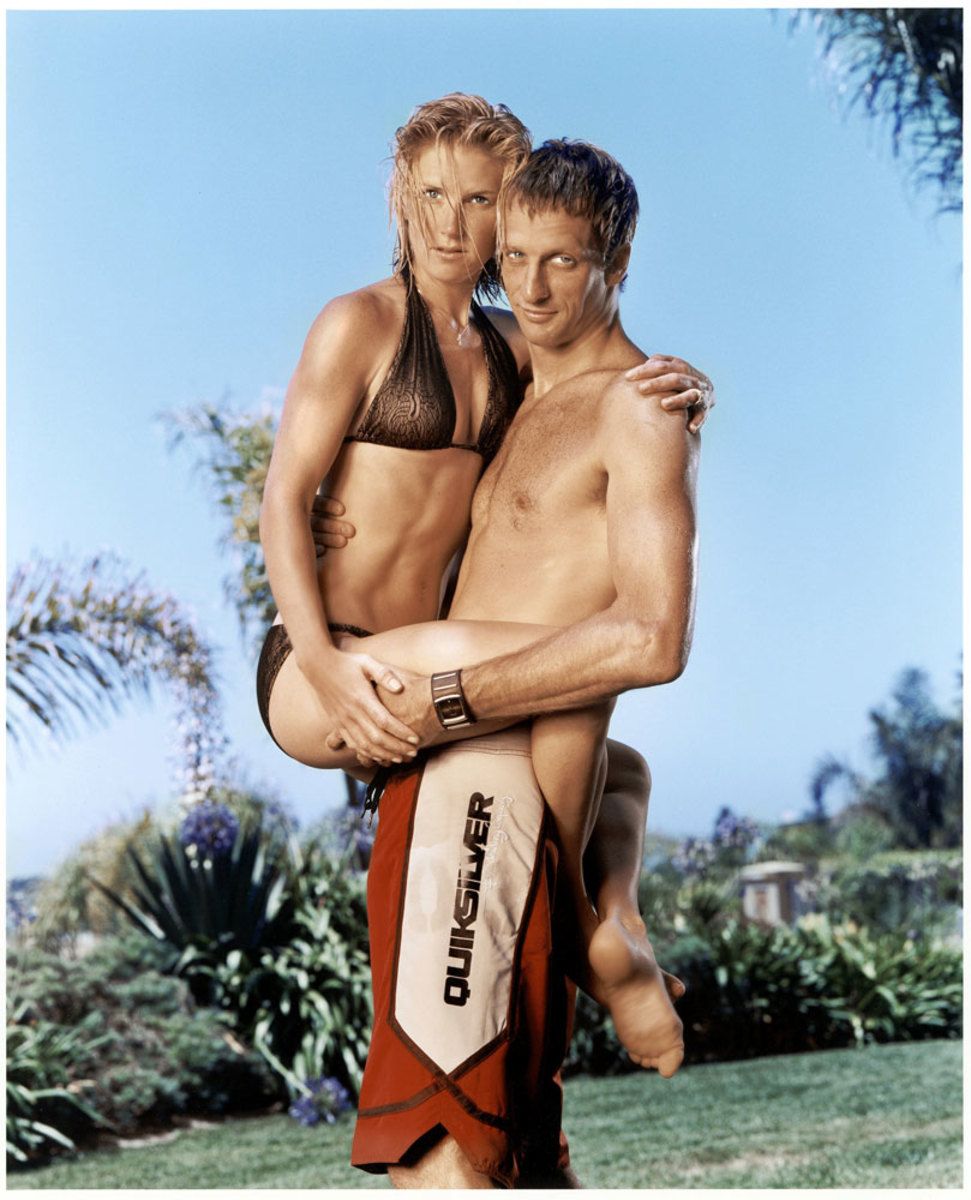
In 2003, Erin and Tony Hawk pose for SI's Swimsuit Special Feature, "Athletes and Wives."
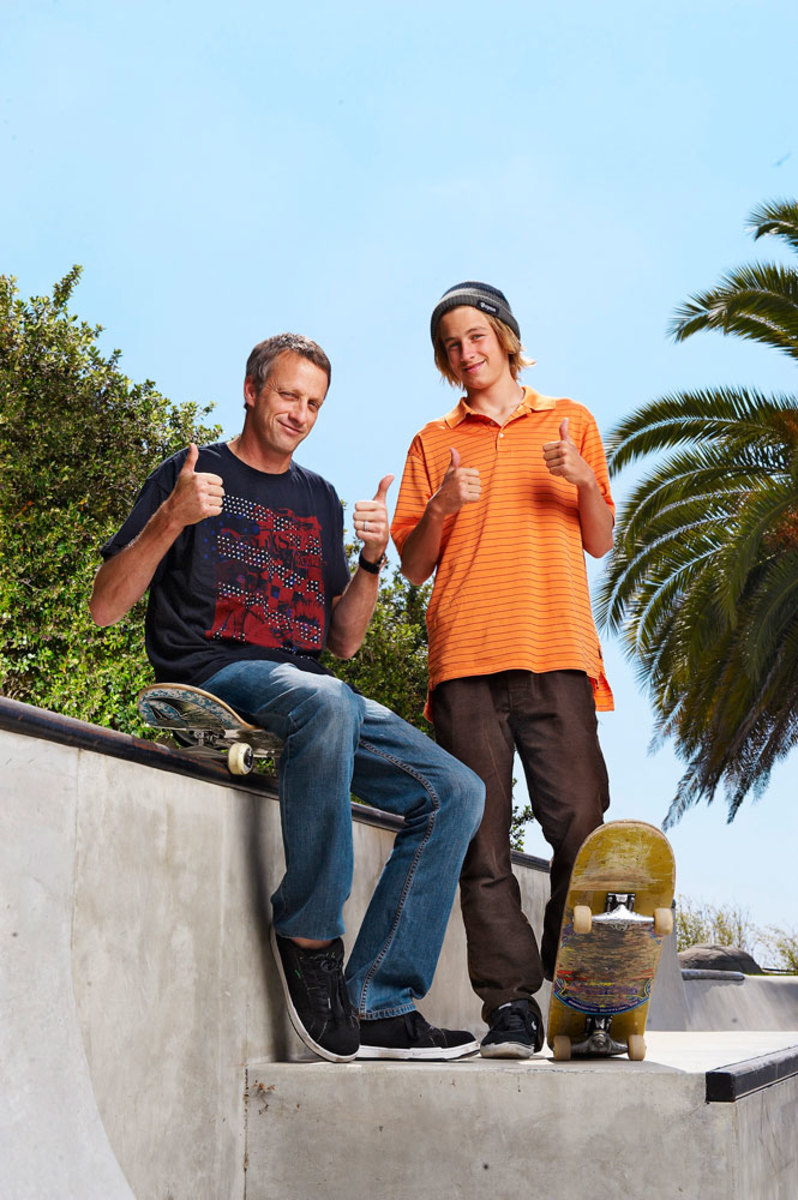
Portrait of Tony Hawk and his son Riley in Encinitas, CA.
Hawk says he’s very happy with where the skateboarding industry is today, but also believes there are further heights for it to reach. Hawk doesn’t credit the X Games for all of the progression he’s seen in skateboarding since his career began over a decade before the first edition of the event, but he says the competition raised the global acceptance of the non-skating audience and accelerated the progression to a point that skateboarding is gaining popularity in such places as South Africa, Cambodia, Uganda and Afghanistan. He thinks the combination of better training and international interest has skateboarding destined for the Summer Olympics.
“It would be very exciting for me to see skateboarding in the Olympics. There would definitely be a sense of validation to see it recognized on that scale. But the flip side in my eyes is that the Olympics need skateboarding as much, maybe more, than skateboarding needs the Olympics,” Hawk says, “They need a sport like ours in their Summer Games to keep younger viewers interested. The way that snowboarding brought a level of excitement to the Winter Games, I believe that skateboarding would do that for the summer iteration. I’m honestly a bit torn on who would benefit more.”
Between the tricks he’s chasing, the young skaters he’s mentoring and his vocal stance for the continued progression and heightened global profile of skateboarding, Hawk’s connection with skating is as multifaceted today as it was in the moments after he landed his 900 in 1999. Hawk is hopeful that skateboarding will be considered for the 2024 Summer Games. When that days comes, Hawk may still be skating.
